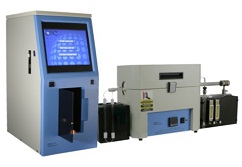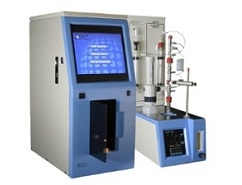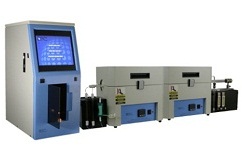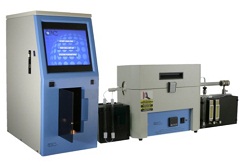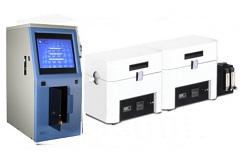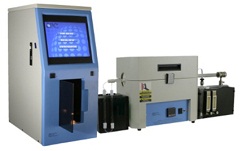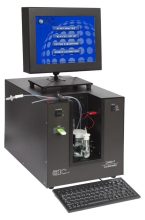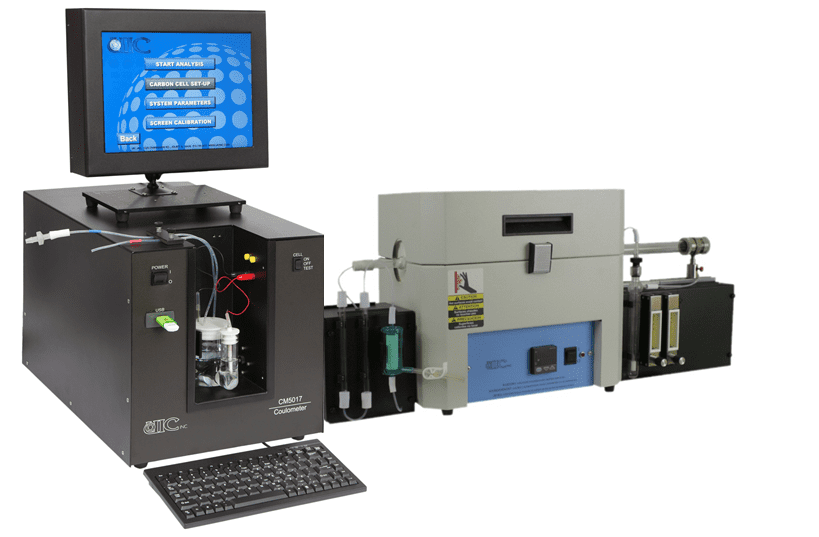Application Notes
Figure 1: Model CM120 TC/TOC Analyzer
PRINCIPLES OF OPERATION
Samples are combusted in an oxygen atmosphere to convert organic and inorganic forms of carbon to CO2.
PRINCIPLES OF OPERATION AND TYPICAL USE
This procedure is typically utilized for the analysis of amine solutions which are used to remove environmentally-controlled emissions from flue gases.
Figure 1: CM190 Surface Carbon Analyzer
PRINCIPLES OF OPERATION AND TYPICAL USE
The amount of the surface carbon on steel has been shown to have a direct affect
Figure 1: Model CM120 TC/TOC Analyzer
PRINCIPLES OF OPERATION
Sulfur is burned in the combustion apparatus converting the sulfur to SO2 and SO3 and carbon to CO2.
Figure 1: Model CM122 Total Oxygen Analyzer
PRINCIPLES OF OPERATION
The method for the determination of organic oxygen is similar to one originally described by Schutze
Figure 1: CM140 Total Inorganic Carbon (TIC) Analyzer
PRINCIPLES OF OPERATION
Samples (solid or liquid) are treated with acid to release CO2. A carbon dioxide-free carrier gas sweeps
Figure 1: Model CM120 TC – TOC Analyzer
PRINCIPLES OF OPERATION
Water samples are injected directly into a 950oC combustion zone. Oxygen carries the combustion product gases
The analysis of carbon in a wide variety of materials continues to be a concern for many industries. Complex matrices
Surface Carbon Analysis
By High Temperature Oxidation and Coulometric Detection
Applications include: Cold rolled steel surfaces, Silicon wafers

